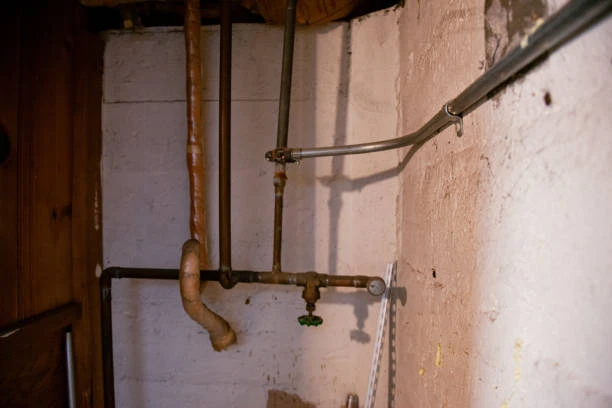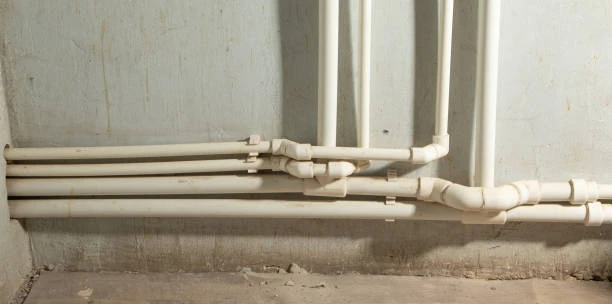1. Introduction
Polyethylene (PE) pipe fittings play a crucial role in ensuring the integrity, efficiency, and longevity of piping systems. Whether used in water supply, gas distribution, agriculture, or industrial processes, selecting the right fittings is essential for a reliable and leak-free system. This article provides a comprehensive guide to choosing polyethylene pipe fittings, focusing on types, materials, standards, and practical tips to help you make informed decisions.
2. Frequently Asked Questions (FAQ)
1. What types of polyethylene pipe fittings are available?
Common types include elbows, tees, couplings, reducers, flanges, and saddles.
2. How do I know if a fitting is compatible with my PE pipe?
Check the material grade, pipe size, SDR, and pressure rating to ensure compatibility.
3. Are polyethylene fittings suitable for high-pressure systems?
Yes, fittings made from PE80 or PE100 grades can handle high-pressure applications when properly installed.
4. What are the common joining methods for PE fittings?
Heat fusion (butt fusion, electrofusion) and mechanical fittings are widely used.
5. How do I ensure fittings meet quality standards?
Look for certifications such as ISO 15494, ASTM F1055, or relevant local standards.
3. Types of Polyethylene Pipe Fittings
a. Elbows
Used to change the direction of flow, typically available in 45° and 90° angles.
b. Tees
Allow branching of pipelines, available in equal and reducing sizes.
c. Couplings
Connect two pipes of the same or different diameters.
d. Reducers
Transition between different pipe sizes.
e. Flanges
Used to connect pipes to valves, pumps, or other equipment.
f. Saddles
Attach to existing pipes for branch connections without cutting.
4. Materials and Grades
PE fittings are typically manufactured from the same polyethylene material as pipes, mainly:
PE80: Suitable for medium-pressure applications.
PE100: High-strength, ideal for higher pressure and demanding environments.
Both materials provide excellent resistance to chemicals, corrosion, and environmental stress.
5. Selection Criteria for PE Fittings
a. Compatibility
Ensure the fitting matches the pipe’s SDR and diameter for a secure fit.
b. Pressure Rating
Choose fittings rated for the system’s maximum operating pressure.
c. Application Type
Consider if the fitting is for potable water, gas, chemical transport, or drainage.
d. Joining Method
Select fittings designed for your preferred joining method, whether fusion or mechanical.
e. Certification and Standards
Verify compliance with international standards (ISO, ASTM) for safety and durability.
6. Installation Tips
Prepare pipe ends properly by cutting square and cleaning surfaces.
Follow manufacturer guidelines for fusion or mechanical joining.
Use correct temperature and pressure for heat fusion processes.
Inspect joints visually and with pressure tests to ensure no leaks.
Avoid excessive bending or stress near fittings during installation.
7. Common Mistakes to Avoid
Using incompatible fittings with the pipe material or size.
Ignoring pressure ratings and application requirements.
Poor surface preparation before fusion.
Over-tightening mechanical fittings causing damage.
Not performing proper pressure tests post-installation.
8. Benefits of Using Quality Polyethylene Fittings
Leak-free joints ensuring system reliability.
Resistance to corrosion and chemicals extends service life.
Flexibility accommodates ground movement without failure.
Lightweight reduces handling and installation costs.
Cost-effectiveness compared to metal fittings.
9. Comparison with Other Fitting Materials
| Feature | PE Fittings | PVC Fittings | Metal Fittings |
|---|---|---|---|
| Corrosion Resistance | Excellent | Good | Poor |
| Flexibility | High | Low | Low |
| Weight | Lightweight | Lightweight | Heavy |
| Joining Methods | Fusion, mechanical | Solvent, mechanical | Threaded, welded |
| Cost | Moderate | Low | High |
10. Conclusion
Choosing the right polyethylene pipe fittings is key to building a durable, efficient, and leak-free piping system. Understanding fitting types, materials, standards, and installation methods will help ensure your project’s success. Always prioritize certified fittings and professional installation to maximize the performance and lifespan of your polyethylene piping system.
IFAN international standard
HDPE pipes are manufactured in accordance with multiple international standards to ensure quality, durability, and application safety. In the U.S., ASTM D3035 and ASTM D3350 define the dimensional and material requirements for HDPE pressure pipes. ISO 4427 and EN 12201 are widely accepted global and European standards for HDPE pipes in water and wastewater systems. DIN 8074/8075 specify German technical norms, while GB/T 13663 is the standard in China. AS/NZS 4130 applies in Australia and New Zealand, and JIS K6760 covers Japanese quality criteria. BS 6572 outlines standards for HDPE pipes in the UK, and CSA B137.1 regulates their use in Canada. These standards ensure that HDPE piping systems meet essential criteria for pressure resistance, chemical stability, and long-term performance in infrastructure and industrial applications.
Connect
IFAN is a reputable Chinese manufacturer with 30 years of expertise in plastic pipes, fittings, and valves. We specialize in copper fittings, brass valves, and plastic piping solutions that meet a wide range of plumbing needs.
If you want to learn more about our cost-effective valve products and comprehensive piping systems, please contact us. Our professional team will reply within 24 hours to assist with your requirements.
Contact Information:
- For more information,pls visit our webside https://waterpipefitting.com/
Pls Mailto: [email protected]
Whatsapp: +86 15088288323
Feel free to reach out anytime for questions about our products or technical advice.














Recent Comments